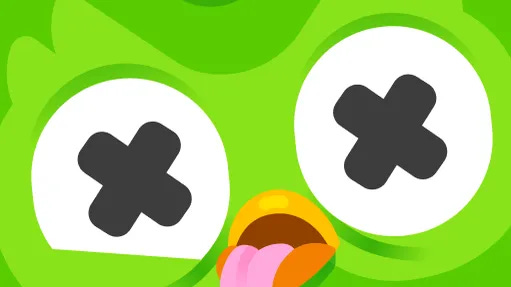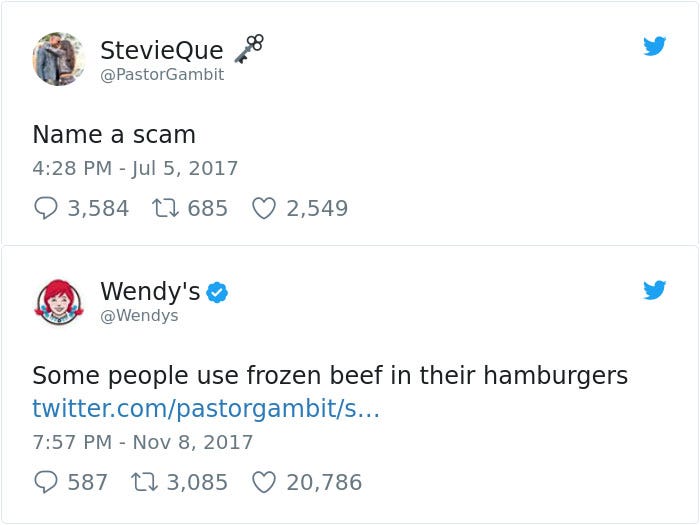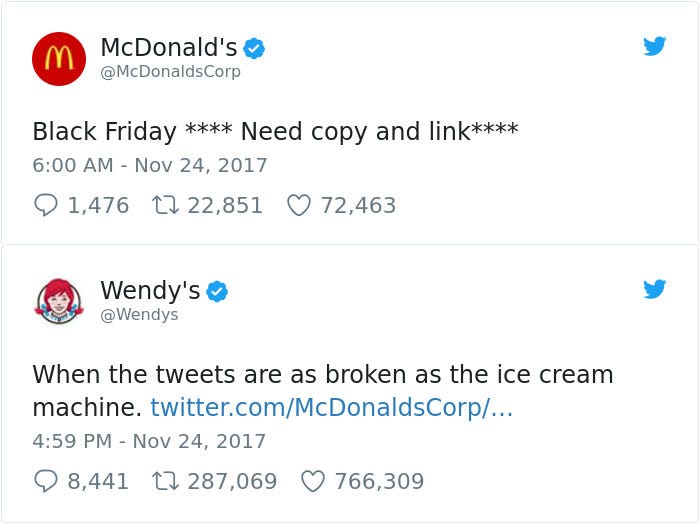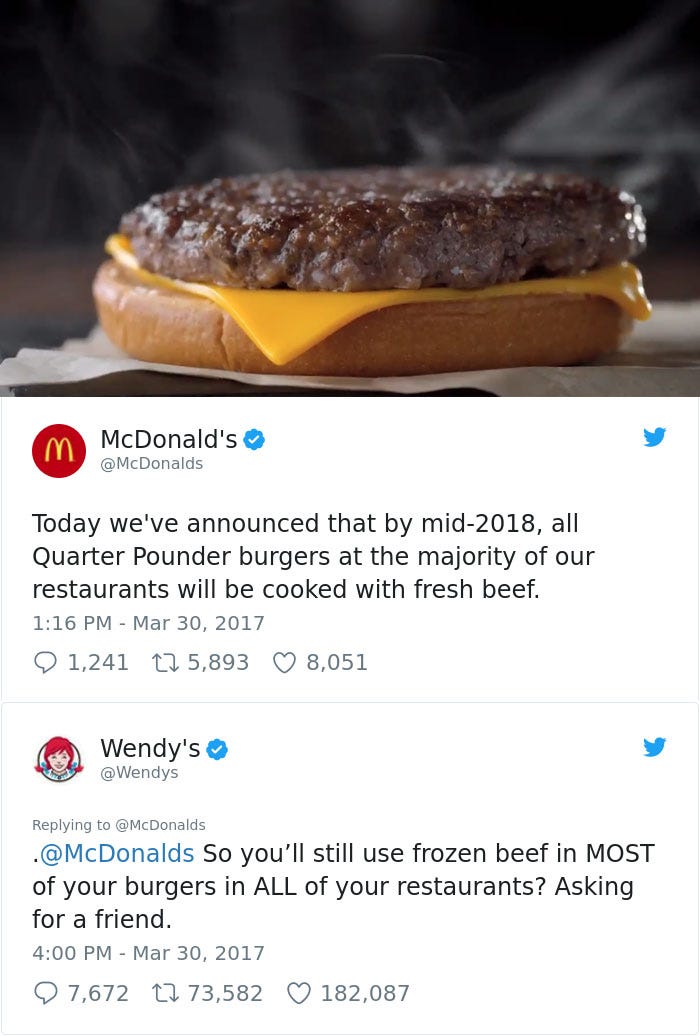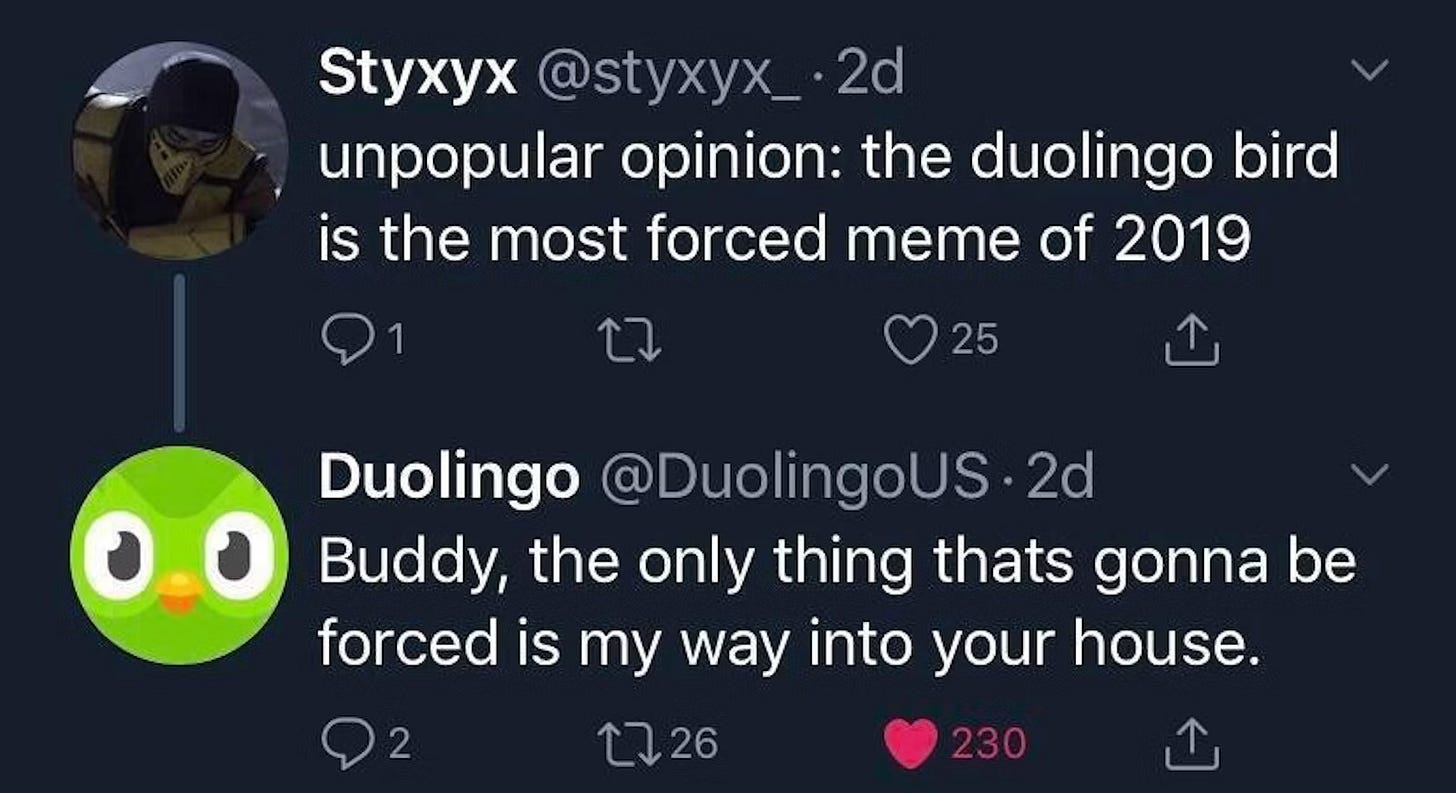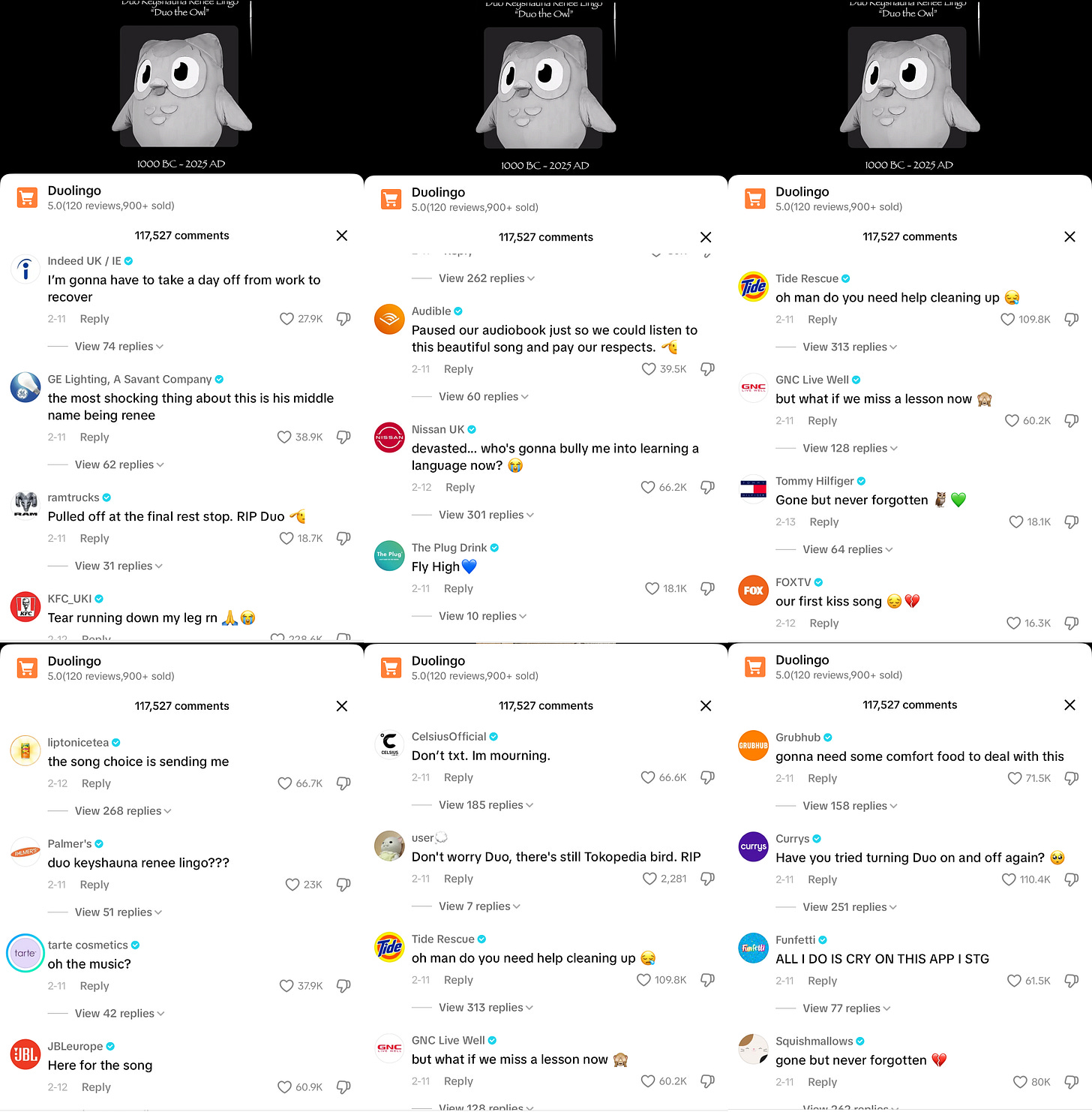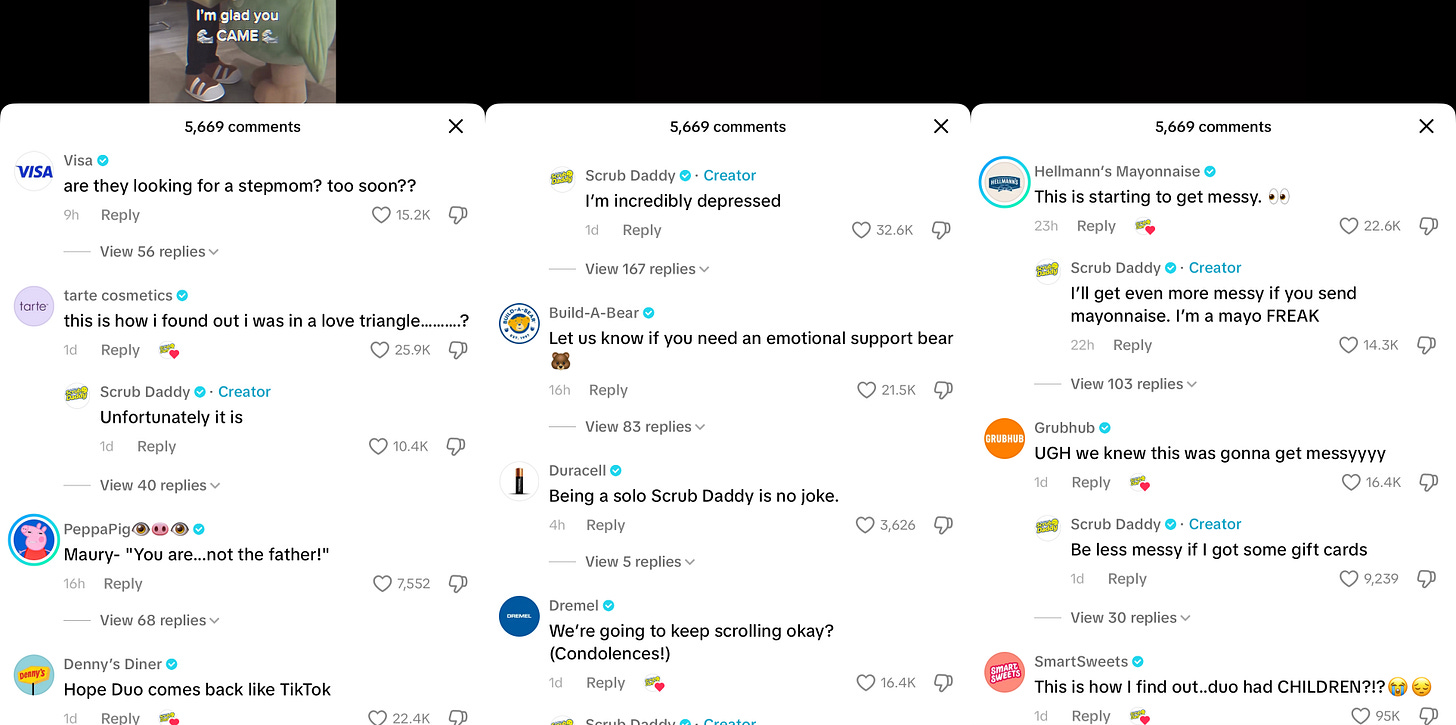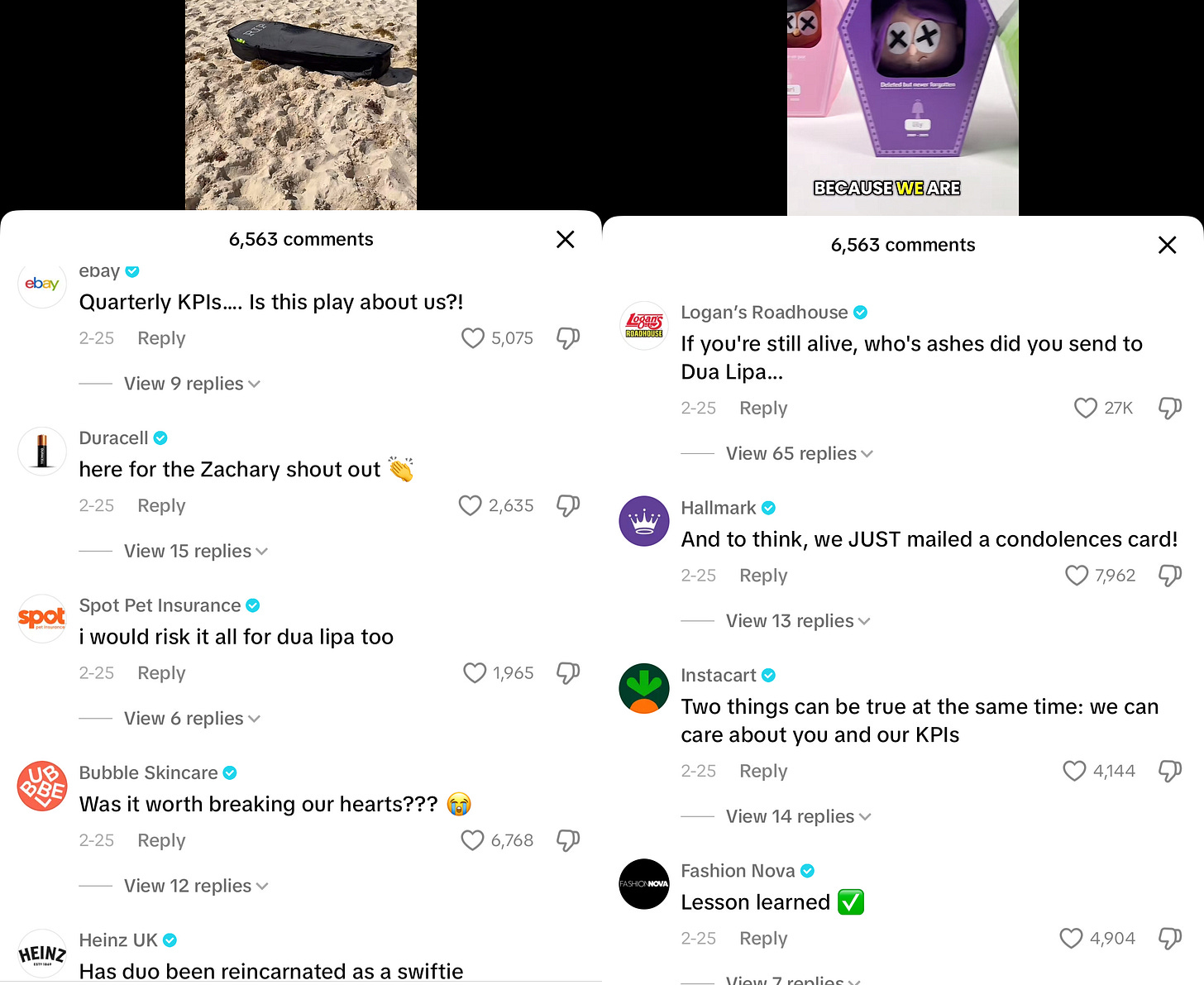Welcome back to Man About Town! I took an unplanned season-long break but we are gonna get back on the horse and resume our regular posting schedule as of right… about… now.
For most of my adult life, I’ve made a living as a copywriter for small businesses. In the nearly 20 years I’ve been at it, the industry has changed under my feet a handful of times.
It’s the way of things. We live in a world of ever-present advertisement, and people get bored or blind to it quickly. The amount of times a brand has to put itself in the face of a prospective customer before they actually purchase the good or service being advertised is eye-wateringly high.
When I first entered the business, Facebook had only just stopped being exclusive to university students and MySpace was solely the territory of teenagers and bands. The blogosphere was in full swing and Google had long-since emerged as the go-to search engine. It would be close to half a decade before a marketing team needed social media managers, in-house bloggers, and SEO experts, positions that would be created and pioneered by eager, over-caffeinated millennials who needed a foot in the door and were willing to do the busy work that their Gen X and Boomer bosses had no interest or expertise in doing.
As a result of social media’s emergence during our grunt years, most brands now show up digitally with a conversational tone established by millennials. We invented trends like Follow Friday, Throwback Thursday, and Motivation Monday to drive conversations on Facebook, Instagram, and Twitter. They were the bread and butter of shaping an online presence in the early 2010s. Nowadays, this type of engagement bait is considered hacky and a good sign that a brand is stuck in the past. What it established, though, is a hard and fast rule that every brand still follows online: Don’t be too slick, too well-polished, to “advertise-y.” Be a person.
The Depression Meme
The next great leap forward in this sort of ironic social online brand presence came in 2017, when Wendy’s (of all places) hired a comedy writer to run their Twitter account. They tossed aside all previously-received wisdom about the bureaucracy of media messaging and let this dude run wild in a way that only human beings had been able to do before. Suddenly, Wendy’s popped up in people’s news feeds roasting its competitors (usually McDonald’s), reinforcing their brand promises by hating on its rivals for not living up to the Wendy’s standard of quality.
It’s hard to track if this Wendy’s marketing pivot really translated to a rush for Baconators and square patties; a Forbes article from the time claimed that Wendy’s leapfrogged Burger King to become the No. 3 fast food spot in the US, but Forbes is essentially a pay-to-play press release website and the claim sneaks in “since 2012” even though this new brand strategy started a full five years later. What’s undeniable is that it led to a huge boost in Wendy’s social media presence, a metric ton of positive press pieces about its social media strategy, and a rush of other brands looking to copy the Wendy's playbook.
(as a threat) Have you practiced your Spanish today?
For those not in the know, Duolingo is a free language-learning app launched in the 2010s. The core business model is nothing new: You select the language you want to learn and it starts with simple sentences to teach you vocabulary and grammar in an intuitive way. Native speakers aid in pronunciation and each lesson lets you practice in every learning style to activate all parts of your reasoning brain.
The uniqueness of Duolingo comes in gamifying the experience of language learning to keep you engaged and using the app. You’re incentivized to do a little bit of learning each day to maintain your “streak,” and as you progress in the lessons you’re shown a cartoon of your avatar advancing on a path toward trophies and milestones that give you points. And if all this doesn’t keep you opening and using the app to do a little bit of practice each day? You’ll get a push notification from Duo, the app’s cutesy owl mascot, to gently remind you to take a few minutes to work on your lessons.
Well, maybe not so “gently.”
The challenge to gamifying a practice related to self-improvement is that it guilts as many people as it motivates. If you’ve ever owned an Apple Watch, you know what I’m talking about. You’re in the middle of a good flow at work, then suddenly you’re bothered by this cursed device to get up and walk around for a minute or two. So it was no real stretch that the memeosphere would give Duo the Owl the personality of a bully forcing you at gunpoint to do your daily French lessons.
What started as a joke was quickly (and expertly) embraced by the marketing team at Duolingo. They picked up on the rep that Duo was getting and decided to embrace and run with it. Soon enough, you’d see posts and replies like this from the official Duolingo Twitter account:
Then, when the main square of the hip, young internet switched from Twitter and Instagram to TikTok, and COVID locked us all in our homes with not much to do to occupy our brains, the company dropped a bit of cash on a full mascot costume, and suddenly videos like these started popping up on people’s For You tabs:
Again, it’s difficult to say whether embracing meme culture directly translated to people using Duolingo, but if you subscribe to the idea that more social media eyeballs equals being top-of-mind when someone finally decides to start learning a new language, it’s indisputable that Duolingo’s 16.9 million TikTok followers makes it one of the platform’s most popular brands. And when you can boast 110 million monthly active users, put up the kind of insane earnings numbers the company is able to brag about, and tout significantly more downloads month-to-month than any other language learning app by a country mile, I’m sure the company is perfectly fine with giving some of the credit to its unhinged social strategy.
Dearly Beloved, We are gathered here today to get through this thing we call life
In February 2025, fans of Duo the Owl opened TikTok and were shocked with this video:
 Tiktok failed to load.
Tiktok failed to load.Enable 3rd party cookies or use another browser
According to the official Duolingo TikTok account, Duo the Owl was hit by a Cybertruck and died. Instantly, the comments of the video were flooded with tributes:
Other brands started getting in with their own tribute videos as well. Apparently, Duo the Owl is a deadbeat parent to Scrub Daddy’s illegitimate children…?
 Tiktok failed to load.
Tiktok failed to load.Enable 3rd party cookies or use another browser
After a few weeks of unhinged social media posts and brand integrations, Duo the Owl made his triumphant return, at which point it was explained that he faked his death as yet another tactic to guilt you into language learning:
 Tiktok failed to load.
Tiktok failed to load.Enable 3rd party cookies or use another browser
And, of course, Scrub Daddy was PISSED:
 Tiktok failed to load.
Tiktok failed to load.Enable 3rd party cookies or use another browser
Silence, brand.
If you’re starting to get exhausted by all this, congratulations: You are a human being. It’s not enough these days for corporations to be treated like people in the eyes of the law, they must also pose as terminally-online shitposters adding to the cultural brainrot of social media, hopping on memes and trends to engage with each other as if they’re all just regular folks like you and me.
And again, there’s no telling that any of this shitpost marketing strategy translates to another sale for these companies. Despite the insane amount of information that’s able to be gathered about our lives, tastes, and buying habits, the true motivation behind choosing one thing over the other in a society saturated with marketing is nearly impossible.
What personally galls me about all this brand goofiness is that, sometimes, it can seem like they’re the only ones who feel they can afford to have fun on these apps.
Let’s say you’ve opened a side hustle selling custom-made jewelry on Etsy. Your social media is probably some of the slickest, best-worded lifestyle content on the internet. You want to appear professional, service-oriented, and serious about things like quality. So your internet posting will probably be immaculately-curated and you’ll be saying things like:
“I just LOVE these new pieces I’m making for this wonderful client of mine!! We had a great consultation session and worked hard to design a set they’ll cherish for decades to come. These rings and necklaces aren’t just for my client, after all— it’s my goal to make one-of-a-kind jewelry that will stand the test of time. Reach out for your consultation today and get something you’ll be excited to pass down to your grandchildren.”
Perfectly acceptable social media presence for a business large or small. The thing is, though, you aren’t just a small business, you’re a human being. So how come you sound more like a brand than an actual brand does? How come you don’t get to be cheeky and have a little fun?
Thing is, you can and you should. It’s time to take back the human voice from these publicly-traded billion-dollar companies. The times desperately need a’changing, and you can start today by refusing to fall into the trap of brandifying yourself. It doesn’t matter whether you use social media for fun or to make a little money. You owe it to yourself and to society to refuse to cede humanity to a corporation.
Doomscroll
Staring at a screen in a negative feeback loop
Rotating through apps, games, social platforms
Until one of them gives me something
None of them can give me.




